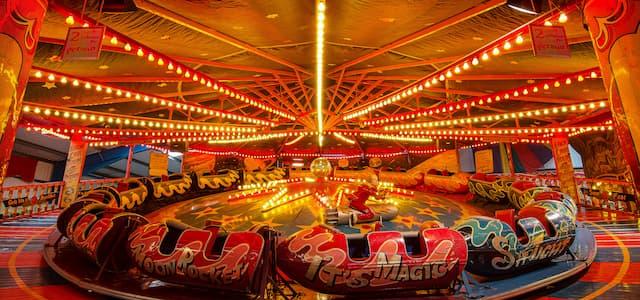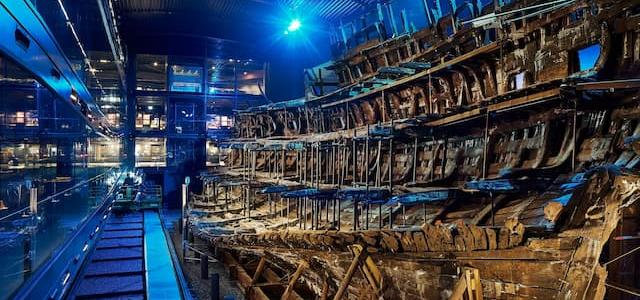
£4.4million for exceptional Scottish heritage impacted by the pandemic
A pioneering mill village, a museum, ship and locomotive have received a share of our COVID-19 Response Fund, designed to support sites and assets at risk.
Heritage is not just about the buildings and structures we can see, but also the stories they can tell us and the way they have shaped our lives and the places in which we live.
In the latest round of NHMF funding, we’re protecting some of Scotland’s most important heritage.
Preserving a pioneering village
New Lanark, a restored 18th century cotton mill village founded on a humane philosophy, has received £2.3m. The grant will allow its Trust to preserve some of the site’s Category A listed buildings and repair the roofs of other buildings.
The mill, founded in 1785, manufactured cotton and other textile products for nearly 200 years, until 1968. The mill was made famous for its more progressive vision as an employer, including more favourable working conditions (for its time.)
By the early 1800s, New Lanark was the biggest cotton mill in Scotland and one of the largest factory sites in the world. More than 2,000 people lived and worked in the village.
Today, it remains an active village community, is a designated UNESCO World Heritage site and is one of the leading paid visitor attractions in South Lanarkshire.
James Pow, Chair of New Lanark Trust, said: “With this significant funding award, the Trust will be able to accelerate much needed works to ensure the site continues to be conserved with integrity and provides a place where people who live, work and visit can enjoy and learn about the unique heritage the site has to share.”
Restoration back on track
Funding has also gone to:
- Tall Ship Glenlee (£1.8m): the 126-year-old vessel is one of only five remaining ships built on the River Clyde still afloat, and the only three-masted Clyde-built ship still afloat in the UK. Our funding will help clear a backlog of repairs built up during the pandemic.
- Scottish Railway Preservation Society (£144,290): the restoration of 4-4-0 LNER Class D49 No.246 'Morayshire' was taking place in several locations across the UK when the pandemic hit. Our funding will ensure the locomotive — which is on long-term loan from National Museums of Scotland — is reassembled and returned to operation on the Bo'ness & Kinneil Railway.
- Wanlockhead Museum Trust (£75,752): the museum preserves the social and industrial heritage of this once important lead mining industry. Our funding will cover essential repairs to the buildings, which house its historic structures and collections, that had deteriorated during the forced pandemic closure.
Dr Simon Thurley CBE, Chair of NHMF, said: “We’re extremely proud to have provided a lifeline for some of Scotland’s incredible heritage sites and assets through the COVID-19 Response Fund, helping them to mitigate the impacts of the pandemic.”
The COVID-19 Response Fund
The £40m fund was made up of £20m from NHMF and a further £20m from the government’s Cultural Assets Fund. It is now closed to applications.
Stay up to date
To hear the latest news about NHMF funding:
- follow us on LinkedIn and Instagram
- sign up to our mailing list

